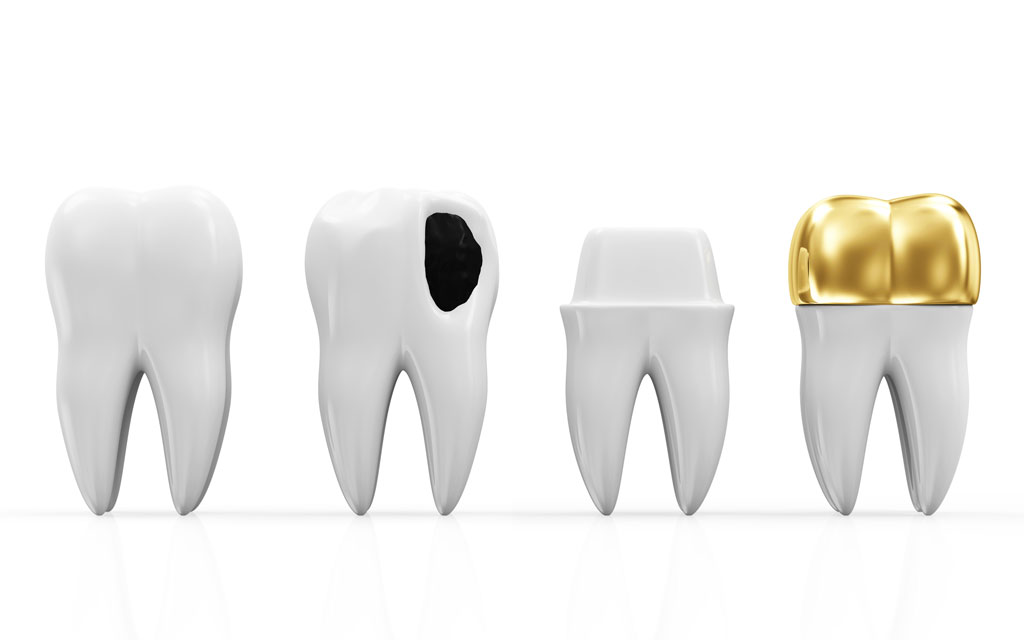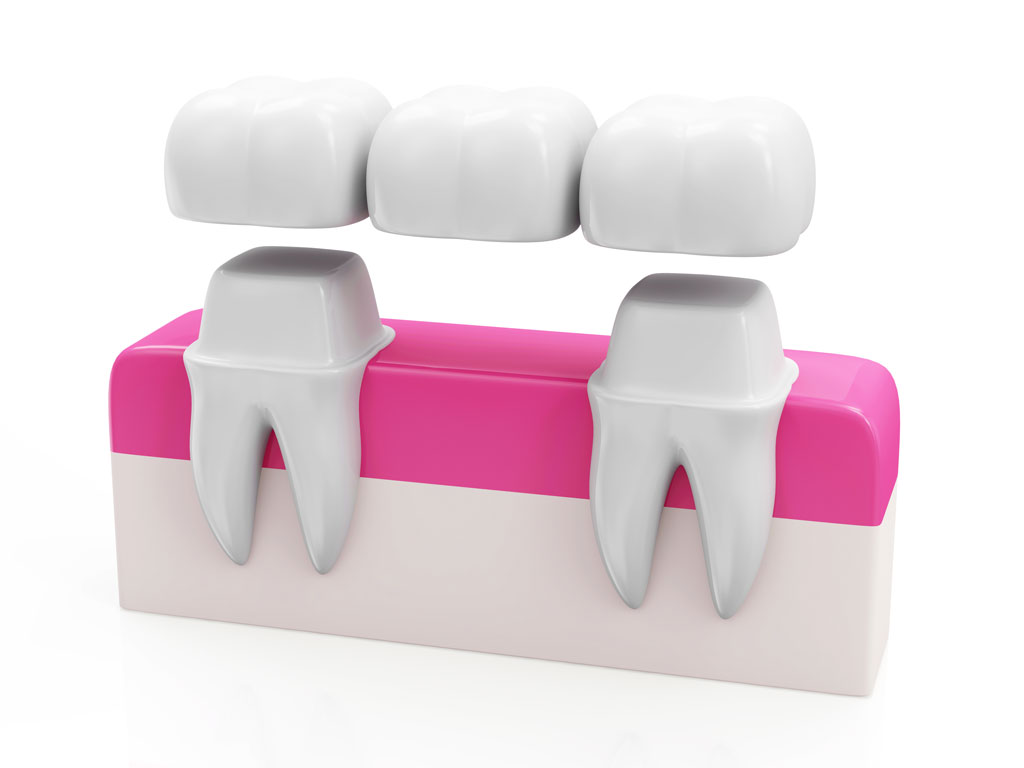Teeth Whitening in Jacksonville, FL
& Cosmetic Dentistry at Lifestyle Dental
Or call 904-442-6000
Cosmetic Dentist in Jacksonville, FL
Are you unhappy with your smile? Cosmetic dentistry offers you the opportunity to make positive changes to your teeth and to your smile. We can help correct imperfections, repair damage, and restore your teeth to their natural beauty. Our cosmetic dental services include whitening, crowns, bridges, dentures and implants. Let our dentists create the stunning smile you have always wanted today!
Teeth Whitening in Jacksonville, FL
The increased demand for pearly white teeth has led to the proliferation of individuals offering teeth whitening services without a dental license. Don’t risk damaging your teeth by using those fly-by-night whitening services at the mall. White teeth do not automatically equate to healthy teeth. Before using any teeth whitening service/product, consult with your dentist to ensure your teeth are healthy enough for the treatment and remain so afterward.
In-House Same Day Bleaching
In-house bleaching is a revolutionary tooth whitening procedure that is very safe and effective. In just over an hour, your teeth will be dramatically whiter. The in-house whitening procedure is simple; it begins with a short preparation to isolate your lips and gums. The dentist then applies the whitening gel. Teeth typically become several shades whiter, sometimes more, depending on the original shade. Following the initial whitening, a fluoride treatment is applied. A few days after the in-house treatment, most patients see additional whitening of the teeth. Take-home trays with whitening gel are recommended for maximum results and maintenance. We guarantee you will be amazed with your new smile.
Take-Home Whitening Trays
The tray method is recommended for badly stained teeth. The process begins by taking impressions of your teeth. The impressions are then sent to the laboratory for fabrication of custom vinyl whitening trays. A whitening gel, carbamide peroxide, is placed in these trays and the trays are worn for about 3 hours per day, or overnight. Three different strengths of gel may be used. The higher the strength, however, the greater the likelihood of reactions or tooth sensitivity. The home tray whitening method takes three (3) to four (4) weeks of daily use. It may also take several months of use to see significant color improvement. For maintenance of whitened teeth, the trays should be used every several months. Benefits of using the tray method include less post-treatment sensitivity and cost, which is nearly half as expensive as the in-office procedure. The end results, whether using trays at home or having in-house bleaching, is the same – a bright and radiant smile!
Restorative Dentistry
Chipped, cracked, discolored, and even missing teeth can all be addressed through restorative dental treatments. Depending on the extent of damage, we may recommend one or several of the following cosmetic dentistry solutions.
Crowns
Crowns are used to fully cover a tooth that is weak or too decayed to be fully restored with a filling. This is generally done following a root canal treatment or when a large filling wears out. A weakened tooth is at risk of breaking or cracking, which is a serious matter and much more difficult to treat. Crowns ride over the weakened tooth, restoring strength and protecting the tooth from additional damage that can be caused by normal biting and chewing. Using Cerec 3D CAD/CAM imaging, our office can prepare and deliver a crown the same day.
Bridges
Bridges fill the gap created by a missing tooth, both functionally and cosmetically. Traditionally, a bridge is created by placing a crown on each of the natural teeth on either side of the gap. Then, a false tooth (or teeth) is anchored to the crowns. The bridge can also be anchored to implants, if needed. The materials used to create the false tooth include: gold alloys, porcelain bonded to metal alloy, or all ceramic. The choice of material depends on the requirements for strength, wear, and/or aesthetics. Options should be discussed with your dentist. Delaying replacement of a missing tooth can lead to long-term complications, such as bone loss, damage to adjacent teeth, gum disease, eating difficulties and TMJ. Bridges evenly distribute the force of chewing and biting while preventing dental complications that can occur when a tooth is missing. There is a slight recovery period and it may take some time for you to become accustomed to your bridge, but within a short period your appearance will be restored and you’ll regain normal functionality of your teeth.
Veneers
Veneers are a way for you to take back your smile and fix discolored, chipped or decaying teeth. A veneer is a porcelain, tooth colored shell that is placed as a cover over the front of an individual tooth to restore its bright and healthy appearance. While it’s a common solution to these issues, a consultation is still necessary to determine if veneers are right for you. The process of receiving a veneer involves removing a layer of enamel from your tooth, which means it’s irreversible. Veneers can still stain or chip, so your dentist may recommend you stay away from certain foods and drinks to keep them looking fresh.
Inlays & Onlays
When a tooth repair is required due to decay, but the damage is too extensive for a traditional filling, an inlay or onlay may be the best option.
Inlays and onlays are constructed with materials like ceramic or resin and can be either gold or tooth-colored. Like a traditional filling, inlays and onlays fill in the space of a cavity, or tooth decay to repair the tooth; however, unlike traditional fillings, inlays and onlays are molded in a lab and then bonded directly to the tooth. The main difference between inlays and onlays is that an inlay fills just the inside of a tooth where an onlay can fill the inside and also extend over the top of a tooth.
Inlays and onlays are not right for every scenario. If tooth decay is minimal, a traditional filling could be the correct route. If tooth decay is deemed too severe for an inlay or onlay, a crown might be the next option.
Dentures
When bone loss around the roots of teeth is great enough to loosen them, or allow them fall out, it’s time for dentures. There are different types of dentures, such as implant dentures and conventional dentures, but they all share a common goal – replacing your natural teeth, recreating your smile, and allowing you to eat regular foods.
Conventional Dentures (Full & Partial)
Our denture process begins by examining the entire mouth. We need to assess the health of your teeth and jaw, and to determine which teeth, if any, can remain. Partial dentures can be created if there are natural teeth that are healthy and strong enough to remain in the mouth. Complete dentures are made when all teeth need to be extracted. Following the extraction of the loose or unhealthy teeth, there is an adjustment period. Your gums will need to heal and you will need time to adjust to your dentures. Once accustomed to the dentures, however, you’ll enjoy full functionality and an improved appearance.
Implant Retained Dentures
If you are a candidate for dentures, you may want to consider Implant Retained Dentures. Unlike conventional dentures, implant retained dentures won’t slip, they function just like natural teeth and are more comfortable to wear. No messy adhesives are needed, and you won’t experience any of the typical mouth irritations, such as mouth sores, that often plague those with traditional dentures. Another added benefit is improved taste. Implant Retained Dentures don’t cover the roof of your mouth, so you’ll be able to enjoy all the flavors of your foods again! Maintenance is easy, since you can remove them for cleaning.
The process includes the removal of any remaining teeth and the use of temporary (transitional) set of dentures while your mouth heals. The next step, is placement of your implants (up to four per jaw) in areas where you have the highest bone density, which is typically the front of your mouth. While you are healing from the implant procedure, your dentures are fabricated. The final visit is placement of the abutments and your dentures.
Hybrid Implant Dentures
Hybrid Implant Dentures share the same advantages as Implant Retained Dentures, with one significant difference – they are permanent. Your dentures can only be removed by your dentist. The process is also very similar, but you typically have more implants placed. This may require additional procedures, such as bone grafts, to ensure your jaw is stable enough to support the implants. If you’re looking for the next-best-thing to full implants, Hybrid Retained
Dentures are the solution.
If you need additional information on any of our services or would like to schedule a consultation to discuss your dental treatment options, please contact us. We’d be happy to work with you to find a solution that fits into your budget.
Frequently Asked Questions About Service
What is the difference between a crown and a cap?
These are restorations to repair a severely broken tooth by covering all or most of the tooth after removing old fillings, fractured tooth structure, and all decay. The restoration material is made of gold, porcelain, composites, or even stainless steel. Dentists refer to these restorations as “crowns.” However, patients often refer to the tooth-colored ones as “caps” and the gold or stainless steel ones as “crowns.” We do them all affordably and often in the same day thanks to our use of cutting-edge CEREC technology.
Which is better: dentures or implants?
Implants are the best solution for replacing lost teeth. Although dentures are lower in cost, they do not protect against bone and facial structure loss. In addition, dentures often become dislodged while eating or speaking. Over time, you will also need to replace them to ensure they are aligned properly and fit well. Implants, however, are permanent. They help preserve your jawbone and function like your natural teeth. If cared for properly, they will last a lifetime.
How long does a dental bridge last?
The typical life span of a fixed bridge is 10 years, but it can last longer with good oral hygiene and regular checkups.
Is teeth whitening bad for your teeth?
When performed by a dentist, teeth whitening is a safe and effective way to brighten your smile. The most common side effect of whitening is tooth sensitivity during the early stages of treatment, but this is usually temporary. It’s important to consult your dentist, so he/she can determine the appropriate course of whitening treatment to achieve your desired results.
Can I whiten my teeth if I have cavities?
If you have existing dental issues, such as cavities, exposed roots, worn enamel or gum disease, teeth whitening is not recommended. This is due to the increased sensitivity. In some cases, however, you may be able to undergo whitening treatment after your cavities are filled.


